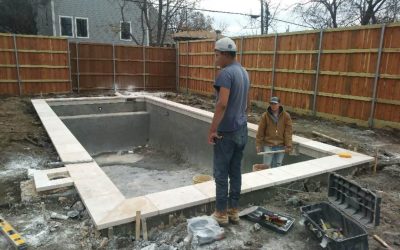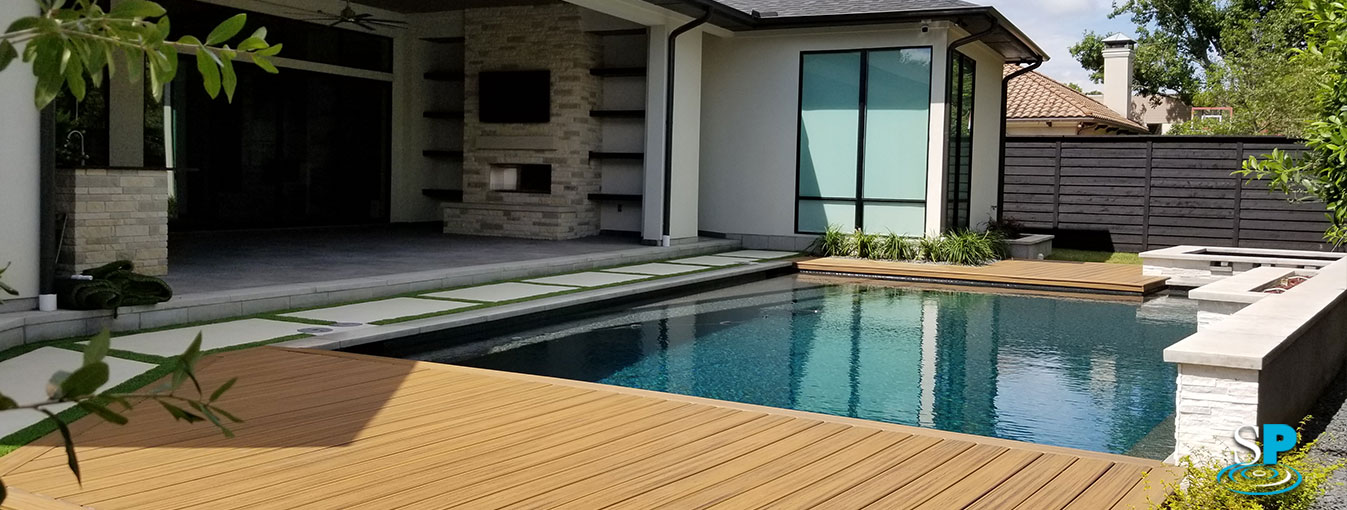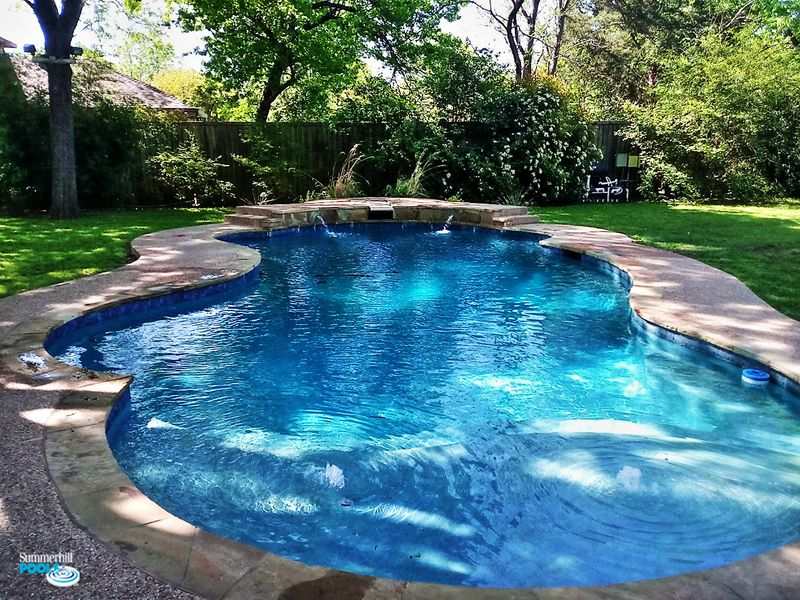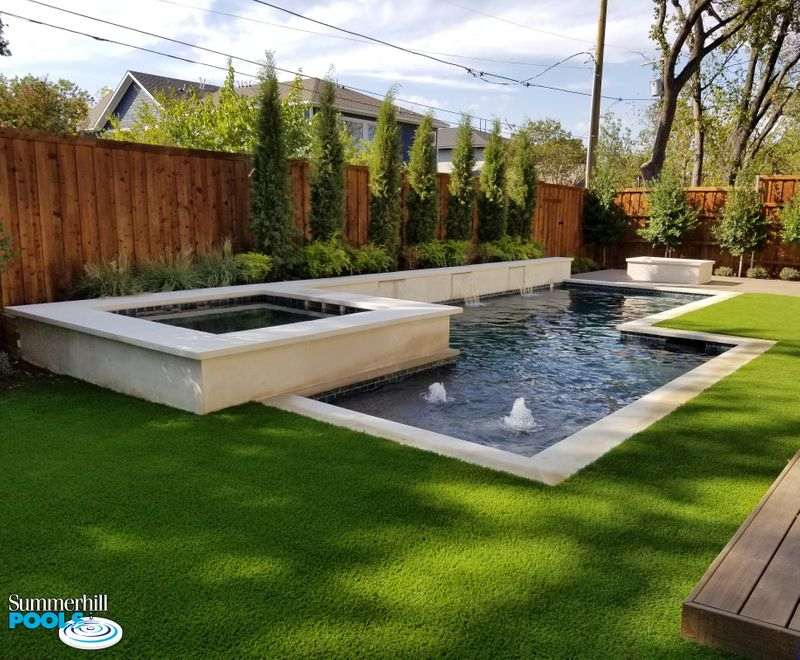 A leaking pool can be a very costly problem. Pool leaks waste gallons of water and may be a sign of structural damage that will only get worse if not addressed quickly. If you believe that your pool is leaking, it’s important to know how to identify the source of the leak. Fortunately, there are some easy steps you can take to do so. Here are the steps to take to find a leak in a pool:
A leaking pool can be a very costly problem. Pool leaks waste gallons of water and may be a sign of structural damage that will only get worse if not addressed quickly. If you believe that your pool is leaking, it’s important to know how to identify the source of the leak. Fortunately, there are some easy steps you can take to do so. Here are the steps to take to find a leak in a pool:
1. Check around the Pool Equipment
If the leak is caused by broken pool equipment, you’re lucky. By far, pool equipment issues are the easiest to identify and often the least expensive to fix. Check for moisture around your swimming pool equipment to identify if the leak is caused by broken pool equipment. You’ll also want to look closely at the pool pump, filter, and any other pool equipment to see if there are any cracks or breaks in the pipes or equipment. A backwash line is another common leak. Please check your backwash line at the discharge (P-Trap, pipe in the alley or other location.) This is sometimes just an o-ring replacement in the valve.
Of course, if there is a problem with the pool equipment, you may not want to stop your leak detection process there because there may be other causes of pool leaks. One sign of this is wet spots on one side of your pool.
2. Check if There is an Obvious Problem in the Pool
In some cases, a problem with your pool equipment can be found in the pool. To identify if this is the case, you should first turn off your pool pump. As the water level decreases, watch to see if it stops at any point.
-
If the water level stops going down after dropping below the skimmer, that could be the source of the leak. This could be a seepage in tile, a broken skimmer that needs replacing, or a broken return pipe from the skimmer to the equipment. A leak detection would be necessary if dye tests show nothing.
-
The leak may also be caused by a cracked light housing or plaster ring, so you should also wait to see if the water level stops decreasing after dropping below the pool light. The solution may be as easy as a plaster patch, but it might need a more extensive repair such as a light niche replacement or packing.
-
If the leak stops below the returns (jets) in the pool, that could be the source of the leak. This could be plaster fatigue or an underground pipe from the pool to the equipment; a pressure test would need to be done to locate properly.
Of course, if the water level is dropping very rapidly, you likely have a more serious issue – especially if you have a vinyl liner.
3. Perform a Dye Test
The next step towards finding a pool leak (which can be performed before the previous test if you want) is the dye test. The best tool for performing this test is a pool dye kit, which you can pick up at any pool supply store.
If you have an idea of where the pool leak is, perform the dye test in the pool near the suspected location of the leak. Before performing the test, you might need to turn off the pool pump because you need the pool water to be as still as possible. Slowly let out the dye close to the suspected leak, keeping your hand as still as possible. If you see the dye get sucked into the wall or equipment, you’ll know where the leak location is. You can perform the test in multiple locations if necessary.
4. Perform a bucket test
Fill a bucket to sit on the step of the pool; to the same level as the pool water. Watch the level with the pool running 24 hours a day and turned off for 24 hours. Compare the results, and this will help determine the amount of water loss from evaporation v/s an actual leak. If it is a leak, this data will be helpful to the leak detection professional.
5. Call a Pool Professional
If you’re having trouble identifying the source of the leak or you need your equipment repaired, you should contact a pool professional. The experts at Summerhill Pools have extensive experience finding pool leaks, resurfacing pools, and repairing pool equipment. Call them today before your pool gets too damaged or you waste too much water.



